Modern Project Management Fundamentals
Explore the essence of project management, understanding the definition of a project, comparing programs with projects, distinguishing routine work from projects, and delving into the project life cycle. Learn about the role and challenges of project managers and the significance of project management in today's dynamic business environment.
Uploaded on Sep 15, 2024 | 1 Views
Download Presentation

Please find below an Image/Link to download the presentation.
The content on the website is provided AS IS for your information and personal use only. It may not be sold, licensed, or shared on other websites without obtaining consent from the author.If you encounter any issues during the download, it is possible that the publisher has removed the file from their server.
You are allowed to download the files provided on this website for personal or commercial use, subject to the condition that they are used lawfully. All files are the property of their respective owners.
The content on the website is provided AS IS for your information and personal use only. It may not be sold, licensed, or shared on other websites without obtaining consent from the author.
E N D
Presentation Transcript
Modern Project Management Chapter 1
What Is a Project? Project Defined A complex, nonroutine, one-time effort limited by time, budget, resources, and performance specifications designed to meet customer needs. Major Characteristics of a Project Has an established objective. Has a defined life span with a beginning and an end. Typically requires across-the-organizational participation. Involves doing something never been done before. Has specific time, cost, and performance requirements.
Programs versus Projects Program Defined A series of coordinated, related, multiple projects that continue over an extended time and are intended to achieve a goal. A higher-level group of projects targeted at a common goal. Example: Project: completion of a required course in project management. Program: completion of all courses required for a business major.
Comparison of Routine Work with Projects Routine, Repetitive Work Projects Taking class notes Writing a term paper Daily entering sales receipts into the accounting ledger Setting up a sales kiosk for a professional accounting meeting Responding to a supply-chain request Developing a supply-chain information system Practicing scales on the piano Writing a new piano piece Routine manufacture of an Apple iPod Designing an iPod that is approximately 2 X 4 inches, interfaces with PC, and stores 10,000 songs Attaching tags on a manufactured product Wire-tag projects for GE and Wal-Mart TABLE 1.1
Project Life Cycle FIGURE 1.1
The Challenge of Project Management The Project Manager Manages temporary, non-repetitive activities and frequently acts independently of the formal organization. Marshals resources for the project Provides direction, coordination, and integration to the project team Manages a diverse set of project stakeholders Dependent upon others for technical answers Is responsible for performance and success of the project Must induce the right people at the right time to address the right issues and make the right decisions.
The Importance of Project Management Factors Leading to the Increased Use of Project Management: Compression of the product life cycle Global competition Knowledge explosion Corporate downsizing Increased customer focus Small projects that represent big problems
Integrated Project Management Systems Problems Resulting from the Use of Piecemeal Project Management Systems: Do not tie together the overall strategies of the firm. Fail to prioritize selection of projects by their importance of their contribution to the firm. Are not integrated throughout the project life cycle. Do not match project planning and controls with organizational culture to make appropriate adjustments in support of project endeavors.
Integrated Management of Projects FIGURE 1.2
The Technical and Sociocultural Dimensions of the Project Management Process FIGURE 1.3
Key Terms Program ISO 9000 Project Project life cycle Project management professional (PMP) Sociotechnical perspective

 undefined
undefined








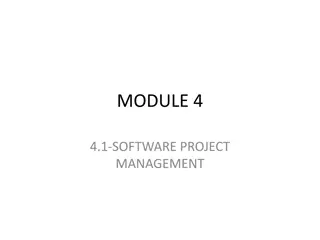
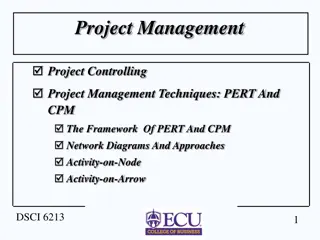

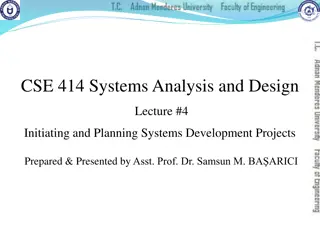
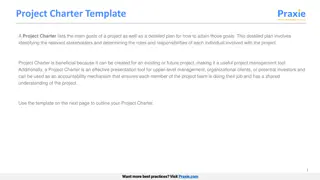

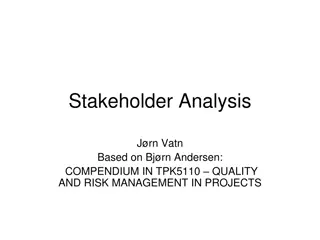


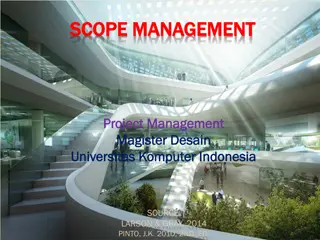
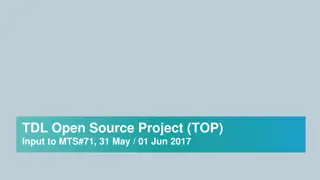


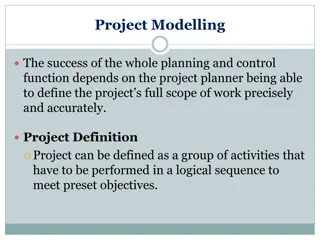
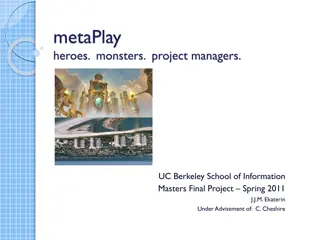
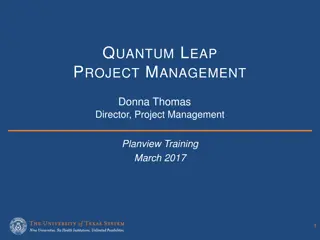
![Project Initiation Document for [Insert.Project.name] [Insert.Project.number]](/thumb/226757/project-initiation-document-for-insert-project-name-insert-project-number.jpg)
